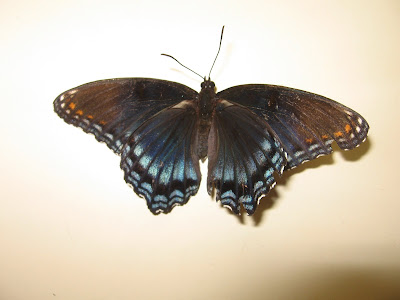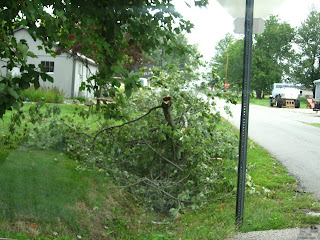Let me just say right now, when it comes to pottery, I don't do requests. At least, not yet. It is hard enough to make the clay and the glaze do what I want it to, without having to meet someone else's expectations. Still, when my sister asked me to make a specific piece for her, I had to try. After all, she has answered the call several times for me when I have wanted something made from polymer clay or natural hard-shelled gourds.
"I want a decorative bowl," she began, "something about the size of two cupped hands, glazed in that bright red glaze with white speckles."
OK, I think I can do that.
I weighed out and wedged 4 pieces of white clay without grog, a clay body called 181. 182 is the clay I started with, a white clay with a lot of grog, a fine sandy grit that helps the clay stand up to the abuse of a student potter. 181 is smoother and "softer," and I think it makes a nicer end product.
The goal was to throw four pieces, all approximately the same size, in order to obtain one perfect two-cupped-hand-sized bowl.
The first one didn't want to be a bowl. It wanted to be a mug.
The other three all came out about the same size, 2.5" high by 4" wide with a 3" wide opening in the top. Two were glazed with Hot Tamale only. This is a glaze which can be fired at high or low temperatures, with different results.
This first bowl was high-fired. I don't know if you can tell, but it is not quite as glossy as bowl #2, with some slight pitting. Also, the red is not as brilliant in this piece.


The second bowl was fired at a lower temperature, which I had used previously. I like this glaze much better when low-fired.


Also, this bowl is structurally better than #1, though still a little heavy in the bottom. (So many of us are that way!)
Bowl #3 is the best formed bowl, although it has a little wobble. As I was glazing the inside with Hot Tamale, I had a mental image of a red rim over a white bowl, so I used Snapdragon on the outside.


This one is my fave. I think I will add some little felt cushions to the bottom. That ought to smooth out that wobble!















































